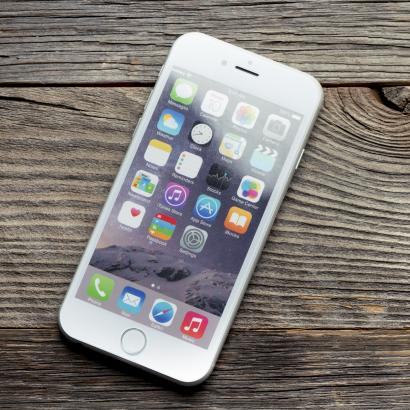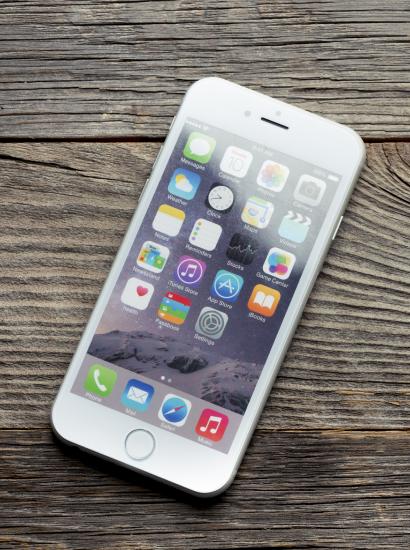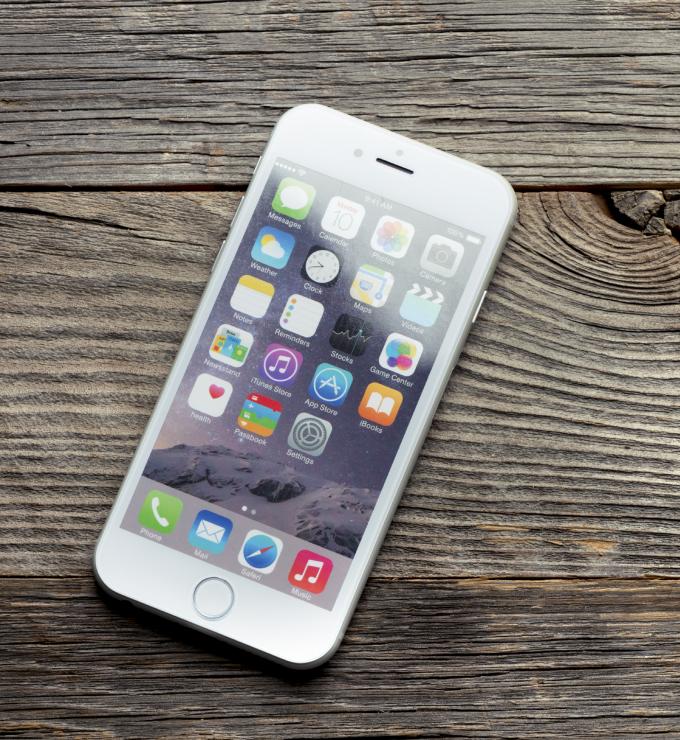- Law & Policy
The Supreme Court last week added another layer of confusion to the vexed law of unreasonable searches and seizures regarding law-enforcement use of cell phone data to ferret out criminal activity. In Carpenter v. United States, Chief Justice John Roberts, speaking for a five-member majority (including the four liberal justices—Ginsburg, Breyer, Kagan, and Sotomayor), ruled that information collected on Timothy Carpenter’s whereabouts, pursuant to the Stored Communications Act (SCA), was inadmissible. The SCA allows law enforcement to access certain telephone company records under a court order when it “offers specific and articulable facts showing that there are reasonable grounds to believe” that the records sought “are relevant and material to an ongoing criminal investigation.” Notwithstanding the SCA, police can now access historical cell-site location information (CSLI) only if they first obtain a warrant by meeting the higher standard of probable cause under the Fourth Amendment.
Carpenter is incorrect.
***
The facts of the case are as follows: In 2011, the police arrested four men suspected of robbing a Radio Shack and T-Mobile store in and around Detroit. These suspects confessed that they had participated in a number of local robberies, and gave the police the cell phone numbers of some of their other confederates, including Carpenter. Pursuant to the SCA, the police then obtained two orders from Federal Magistrate Judges commanding the men’s cell phone carrier, Metro PCS, to supply CSLI data, which is generated routinely and accurately in order to maintain and operate the networks efficiently. The police obtained about 130 days of data, which placed Carpenter near the sites of each robbery at the time of occurrence. This information helped secure Carpenter’s conviction.
To understand the SCA practice, let’s first put aside the Fourth Amendment to ask whether the police conduct was welcome or objectionable. That judgment in turn depends upon the trade-off between the intrusiveness of the police search and the reliability of the evidence obtained. On any view, Carpenter was worlds apart from the famous 1765 English case of Entick v. Carrington, where the Crown’s officers ransacked plaintiff Entick’s premises in a vain effort to find evidence of his seditious libel. This massive intrusion was done for no good reason. Entick’s trespass action for damages was rightly allowed against the invaders to redress the wrong. The modern remedy of excluding the evidence from trial was useless because no prosecution was ever brought.
Carpenter lies at the opposite extreme, as the collected information was clearly relevant to the criminal investigation. Its reliability was unimpeachable because the phone company prepared the information on all customers for its proper business purposes. And the intrusion on privacy was minimal, because the government neither listened to the phone call or accessed the private data stored on Carpenter’s cell phone. To anyone unversed in the niceties of constitutional law, using this evidence seems properly admissible, as Judge Raymond Kethledge held in the Court of Appeals for the Sixth Circuit.
How, then, did the Chief Justice go astray? By parsing the Fourth Amendment in ways that defy common sense. Let’s look at the text of the amendment: “The right of the people to be secure in their persons, houses, papers, and effects, against unreasonable searches and seizures, shall not be violated, and no warrants shall issue, but upon probable cause, supported by oath or affirmation, and particularly describing the place to be searched, and the persons or things to be seized.”
The first question, logically enough, is whether the effort to track down Carpenter’s movements constitutes a search covered by the Fourth Amendment. The answer becomes clear once we reject any tight linkage between a physical trespass on the one hand and a search on the other. Thus I can walk through your land without permission and not perform any search. Or I can shine a searchlight through your window and perform a search—i.e. the conscious collection of information—without a trespass. By this standard, CSLI is a search, as is tailing Carpenter day and night. But is that search reasonable? The Chief Justice said no unless probable cause is shown, at which point a warrant is needed except in cases of emergencies. The Fourth Amendment’s text, however, uses the terms “reasonable” in opposition to the phrase “probable cause.” Yet the Chief Justice treats them as synonymous.
Why? Because today’s new high-powered technology allows government to conduct far more comprehensive and accurate searches than ever before. In his dissent, Justice Anthony Kennedy disputed that contention by insisting that the new technology was not as accurate as the Chief Justice claimed. But his odd response takes us in exactly the wrong direction. Courts routinely exclude evidence that is more prejudicial than probative under Rule 403 of the Federal Rules of Evidence. It would be bizarre to condemn this search as unreasonable because it uses mechanical means to track location to the inch when, unlike human investigations, it poses no risk of erroneous or fabricated evidence falsely putting Carpenter at the scene of the crime. Also, the court order under the SCA ensures that the government has good reason to access this evidence, thereby preventing the police from simply accessing data on random persons. Carpenter reveals no abuse that the Fourth Amendment needs to check. It is the just the sort of procedure we want the police to follow.
At this point, a question arises: just when is a warrant required? Here it is instructive to compare Carpenter with the 2014 Supreme Court decision in Riley v. California, where the police examined the extensive contents of the cell phone they seized from Riley incident to a lawful arrest. In that case, the Chief Justice rightly excluded that information because sifting through reams of private data is substantially more invasive the following someone’s public movements. Moreover, California’s reasons for accessing all this data look like the proverbial fishing expedition barred by the Fourth Amendment. Now the trade-off between the private and public interests flip over, so that probable cause should be required before examining any of the data stored on the phone. Accordingly, the government can retain the phone long enough to see if it can get a warrant to look at the contents.
Unfortunately, in arguing Carpenter, the government did not offer the right analysis. Instead, it invoked what is commonly called “the third-party doctrine” to insist that Carpenter had no “reasonable expectation of privacy” because he had voluntarily turned over that data to a third party, namely the phone company. On its view, the government does not even have to show reasonable grounds for the search: sharing the data counts as a complete waiver of all Fourth Amendment rights. As I have long argued, and Justice Neil Gorsuch explicitly accepted in his dissent, the government’s argument distorts the notions of consent and assumption of risk. It is perfectly common for people to turn over information to third parties on the express or implied condition that those third parties will keep it confidential. It is therefore preposterous to give the government unfettered access to that information. Such a rule would mean that any information stored in the cloud could be accessed by the government on demand—sheer constitutional overkill.
The source of this confusion lies in the slippery phrase “reasonable expectations of privacy.” Those words were first used, innocently enough, in the 1967 Supreme Court case of Katz v. United States, where they were employed to block the government from connecting a tap to the outside of the phone booth in which the accused was making betting calls. Unlink the definition of a search from that of a trespass, and this fancy phrase becomes a needless distraction. It is possible to search by hearing as well as by seeing.
Make that correction and the two landmark Supreme Court third-party doctrine cases fall neatly into place. In Smith v. Maryland (1979), the government was allowed to introduce evidence obtained by a pen register that simply recorded all outgoing telephone numbers without listening to the call. The Chief Justice in Carpenter makes a futile effort to distinguish Smith on the grounds that CSLI is more intrusive, without explaining why it remains permissible for a squad of police officers to tail Carpenter’s movement without any court authorization at all. The Fourth Amendment does not mandate higher expenditures for more suspect results. Given Smith, the investigative protocol followed in Carpenter should be embraced with open arms. The exact opposite conclusion applies to United States v. Miller (1976), which let the government introduce bank records and checks to convict the defendant for “possessing an unregistered still” used for making illegal liquor. Here, the content of these records should have been off limits until the government could establish probable cause.
It is odd for the Chief Justice to go out of his way to tolerate a government search that is likely to lead to real abuse, while blocking well-conceived access of routine, non-confidential business records for no good reason at all. It is all too easy to claim that changed technological circumstances require scrapping old doctrines. But in this, as in so many other areas, that hasty conclusion is wrong. Get the conceptual foundations right the first time, and the resulting doctrine will prove more durable and sensible than the Chief Justice’s confused Carpenter decision. It is time for the Court to redo Fourth Amendment law from the ground up.
















